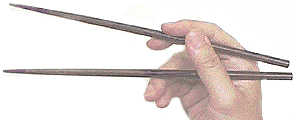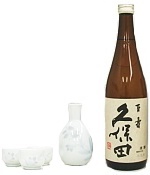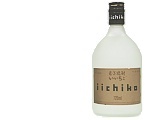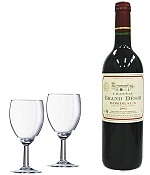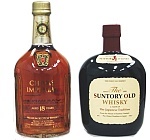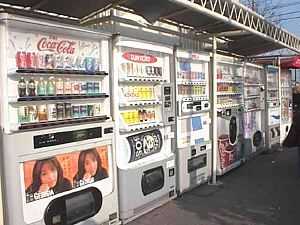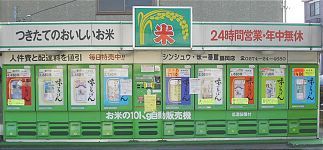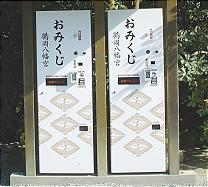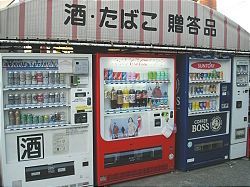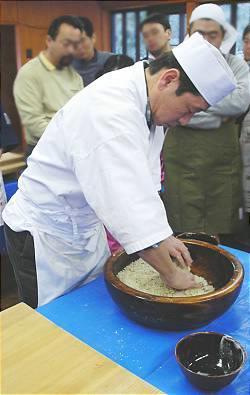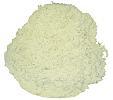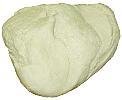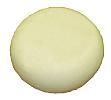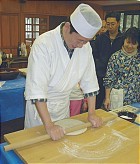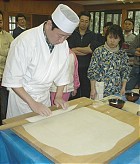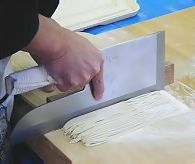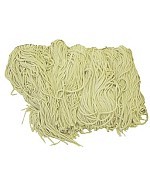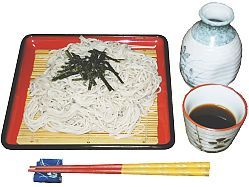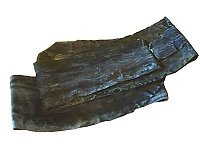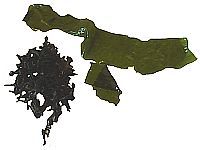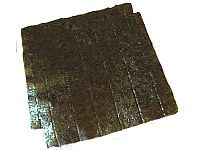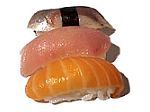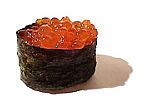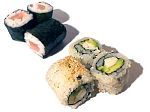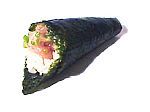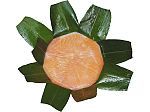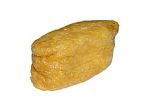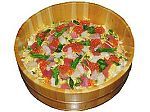| basic information |
In Japan, the main purpose of taking a bath besides cleaning your body, is relaxation at the end of the day.
The typical Japanese bathroom consists of two rooms, an entrance room where you undress and which is equipped with a sink, and the actual bathroom which is equipped with a shower and a deep bath tub. The toilet is almost always located in a completely separate room.
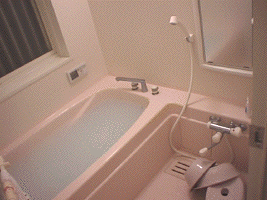
When bathing Japanese style, you are supposed to first rinse your body outside the bath tub with some water from the tub, using a washbowl. Afterwards, you enter the tub, which is used for soaking only. The bath water tends to be relatively hot for Western bathing standards. If you can barely enter, try not to move much, since moving around makes the water appear even hotter.
After soaking for a while, leave the tub and clean your body with soap. Make sure that no soap gets into the bathing water. Once you finished cleaning yourself and rinsed all the soap off your body, enter the bath tub once more for some more soaking. After leaving the tub, do not drain the water, since all household members will use the same water.
Modern bath tubs can be programmed to be automatically filled with water of a given temperature at a given time, or to heat up the water to a preferred temperature.





